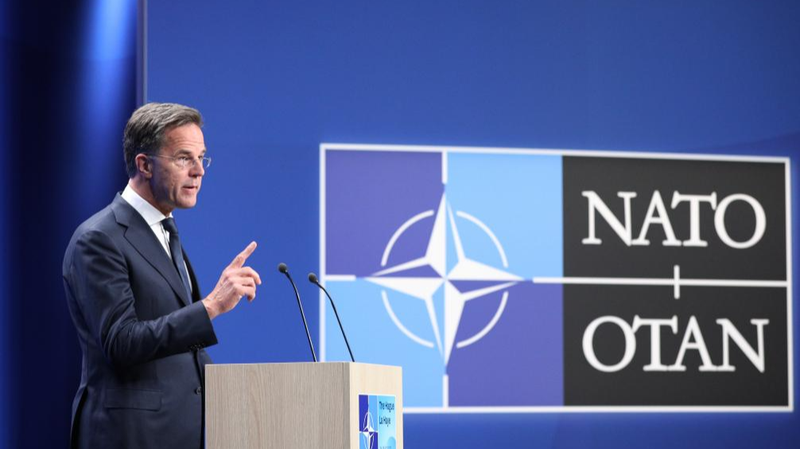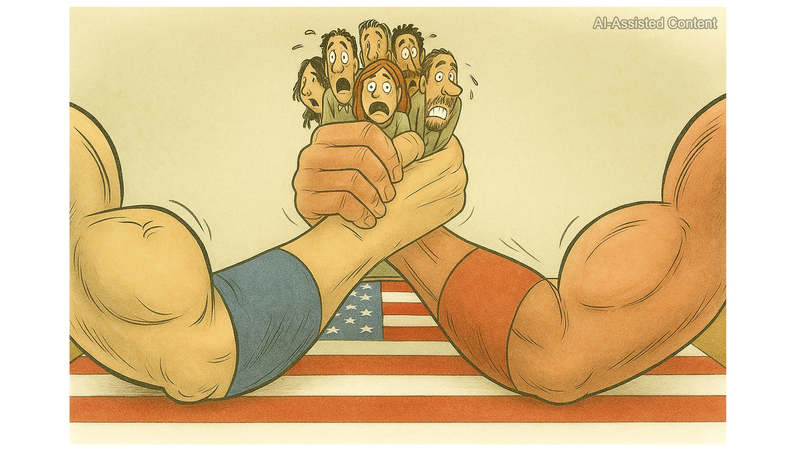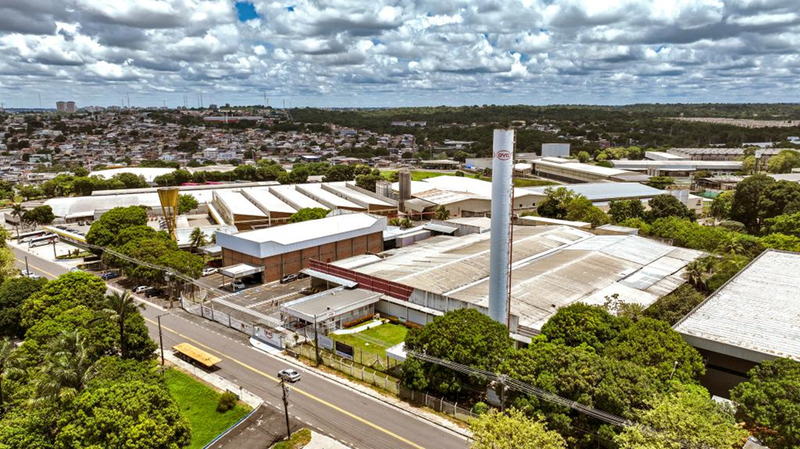In early June, NATO defense ministers met in Brussels and unveiled a game-changing proposal: push collective defense spending from the long-standing 2% of GDP to a new high-water mark of 5%. This includes 3.5% on core military capabilities and 1.5% on security-related investments like infrastructure and resilience.
The 2% threshold was first set in 2014. A decade later, 22 of NATO’s 32 members have met it. But key countries—Belgium, Canada, Croatia, Italy, Luxembourg, Portugal and Spain—are still below the mark, while others barely scrape by.
Now, with conflicts reshaping global security, Secretary General Mark Rutte says allies agreed on "new capability targets" that could be rubber-stamped at the upcoming summit in The Hague on June 24-25. Yet many European partners face slim budgets and shifting political winds, making a leap to 5% GDP a tough sell.
Defense economists warn that even if Europe somehow grew by 10% in real terms this year—an extraordinary feat—it would still take around a decade to reach just 3% of GDP on defense. Translating that into present-day realities means tougher debates over taxes, social programs and investments in tech and green energy.
For young professionals and entrepreneurs, the shift could mean tighter venture capital flows and fewer public funds for innovation. Thought leaders and activists worry about cuts to sustainability and social welfare programs. Digital nomads and travelers may face higher travel costs if governments reprioritize infrastructure spending toward military needs.
At the same time, some see the move as a wake-up call for long-term resilience. Investing in cybersecurity, supply chain security and critical infrastructure could create jobs and spark green-tech growth—if planned carefully. The balance between hard power and soft power will be under the microscope.
With the summit just weeks away, NATO faces a complex calculus: bolster defense capabilities amid rising tensions, without derailing economic recovery and social progress. The outcome will signal how member states navigate the tightrope between security imperatives and domestic priorities.
Reference(s):
Economic and social fallouts of NATO's ramped-up defense spending
cgtn.com



